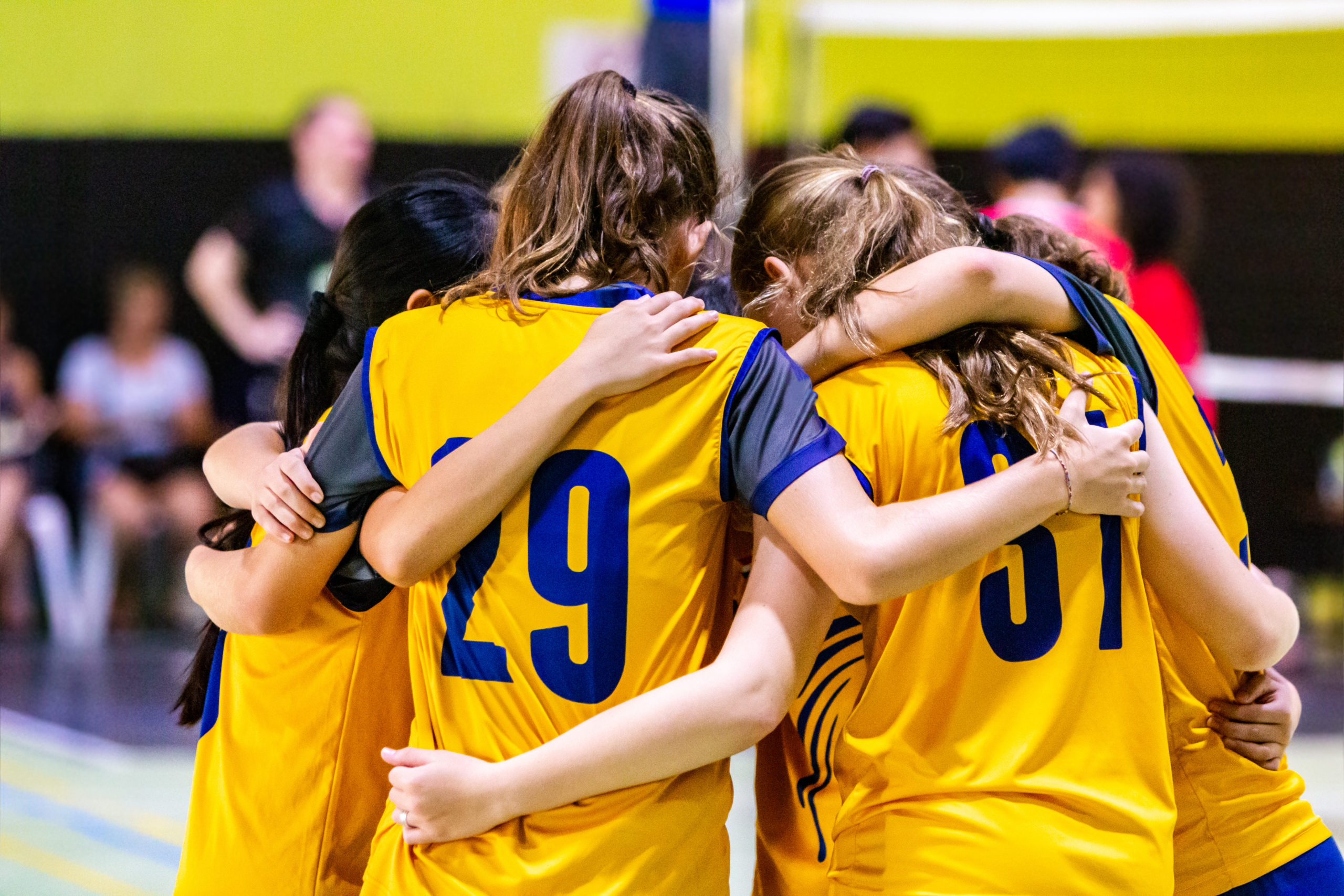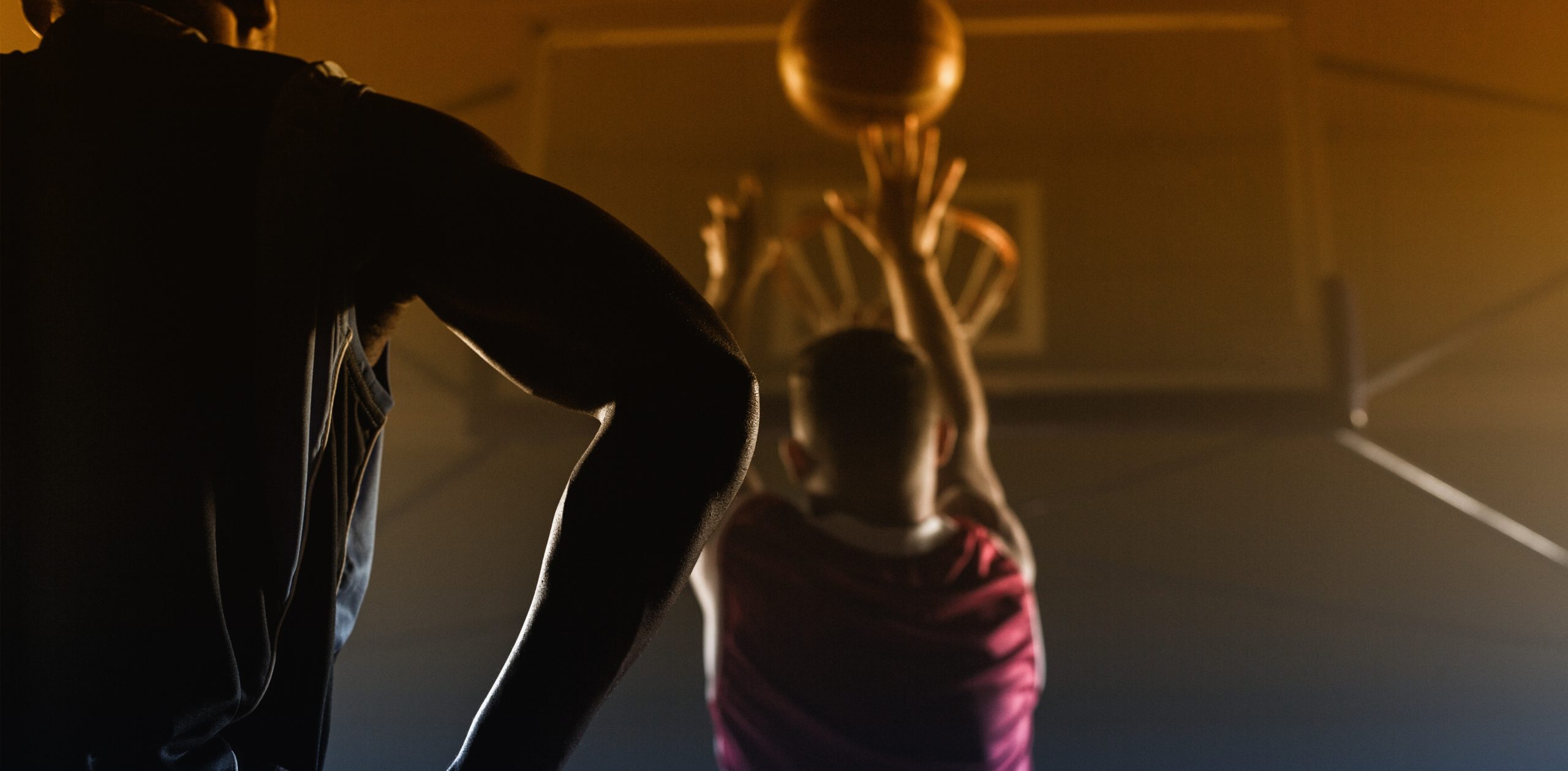Bruce Capers
Gordon State College
February 10th, 2023
How to Train as an Athlete at the D1 College Level
There are many paths to follow on your journey to developing a D1 athlete. Coaching at the junior college level for over 20 years, I recruited athletes who I evaluated on the recruiting trails as potential D1 prospects. At that time, many of them are JUCO, D2, or NAIA recruits. However, many of those student-athletes trusted the process and followed the development plan of getting to the next level. Surprisingly to some of those athletes, they exceeded their expectations and the expectations of their parents by ultimately signing D1.
Background on Recruiting
Recruits at any level, looking or waiting for that D1 offer, here is the reality:
There are 357 plus D1 schools
357 x 13 = 4641 scholarships.
Let us assume seven players are returning to each school.
357 x 6 = 2,142 scholarships
The last few recruiting seasons, there were over 1,500 student-athletes put their names
in the transfer portal.
How to separate yourself from the pack? Here are a few tips.
D1 Prospects
Most athletes were not D1 prospects arriving on campus their first year. They all had deficiencies, whether it was academics, lack of exposure, not being strong enough, or not being good enough to play at the D1 level. They all have several things in common that help them get D1 scholarship offers.
I remember one year, we had (4) D1 prospects on one team. The year before, none of them was getting D1 recruitment or offers. What happens? The same things happen to all of them.

1. Being Part of a Team
All of them bought into the team concept regardless of their role. They trusted their coaching staff and accepted tough love daily. They believed that meeting the team goals put them in a position to get the exposure needed to reach their individual goals.
2. Character Issues
None of them had any character issues that would prevent coaches from recruiting them. They represented themselves positively in the community, on campus, at conferences, district, and region we play in on and off the court.
3. Academic Issues
None of them would allow academics to be the reason for not getting an opportunity. If they had academic issues, they were willing to put in extra time at the tutoring center, consistently communicating with professors, attending study groups, enlisting help from teammates, and even taking distance learning classes over the holiday break to assist with graduation.
4. Weight Room
All of them spend 5-6 days in the weight room. I would see the aspiring D1 athletes lift with the team and lift again later. The weight room is where they improve their cardiovascular fitness, Muscular strength and endurance, flexibility, and body composition. One thing that separates them from others is they spend time with the strength trainer, but I also observe them doing activities alone.
5. Motivation
They all have an intrinsic motivation that keeps them focused and their eyes on the prize. Inspiration can come from many places. For example, their motivation comes from someone telling them they cannot do it. It could come from a promise they made to their parents. It is in their personal goals. Their drive could be in honor of someone close who passed away, just to name a few. They all have reasons and an inner drive to do whatever it takes. Work as hard as they need to work. The mindset is nothing, or no one will get in the way. They all are supremely confident individuals.
6. Training Sessions
All of them are what coaches call “gym rats” because they are always in the gym trying to get better. They take their individual development seriously, and the do not come to the gym to play around. Whether they had individual training sessions with me or my assistant coaches, I could still see them later in the gym working on stuff by themselves. They use their time wisely. Always arrive at the gym early and always stay late.
7. Development in Athletes
All of their spring semester and summer workouts are relentless. I have seen athletes use their off-season development plan. I notice their improvements walking up to me upon their arrival. They look more prominent and lean. They look refreshed and ready to go. When you see them work out for the first time, I see immediate changes in aspiring D1 athletes.
I see others who do not put in that kind of work I notice immediately as well. Aspiring D1 athletes spend time working out and competing against other D1 athletes and pros. They play in highly competitive Pro AM summer leagues with top athletes.
In summary, I have developed and coached over 25 D1 athletes, and all of them have similar character traits and best practices they follow. Below are (10) things they do not do in their aspirations to become a D1 signee.
Do not just develop themselves, but make their teammates better
Do not cry about being coached hard
Do not avoid conditioning or fake injuries
Do not miss summer workouts
Do not have D’s or F’s on their transcripts
Do not need reasons to be motivated
Do not run from competition
Do not finish last in drills
Do not just work on their strengths, but their weakness more.
Do not have distractions in their lives outside of academics & basketball.
No athlete makes it to the D1 level by accident. They have 110% commitment, a strong work ethic, and the ability to stay focused and keep their eyes on the prize.


